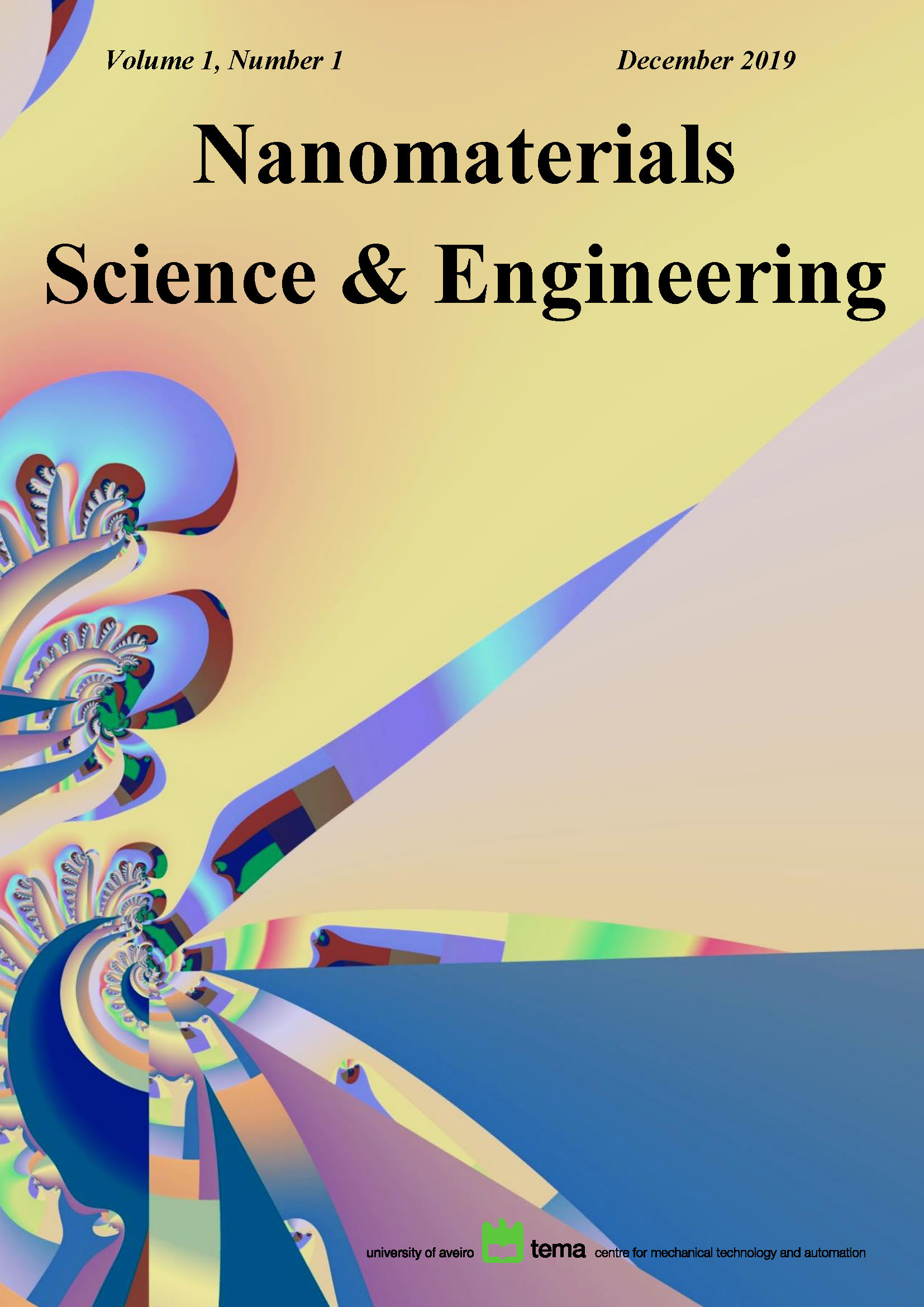Study the influence of the pre-finish gauges form on the effectiveness of the grooves filling in the finishing pass of reinforcing steel rolling
Abstract
During reinforcing steel rolling such geometric defect as the absence of longitudinal or transverse ribs is spread. For a detailed study of the process of reinforcement profile rolling and its further optimization, computer simulation in the software complex DEFORM-3D was carried out. In the previous works the most rational, from the authors' point of view, forms of pre - finishing gauges for rolling of reinforcing steel are proposed - a one-radius oval and a flat oval with double concavity. Also, a new calibration for rolling of round and reinforcing steel was proposed, the main feature of which is the pre-finishing caliber, made in the form of a smooth barrel. To assess the impact of the pre-form gauge on the strain state, a single simulation was conducted, i.e. modeling only the prefinishing caliber, after which the calculation of the finishing pass was conducted.
From considered calibers, the most uniform distribution of deformation provides a flat oval with double concavity, where the distribution in the vertical and horizontal directions is approximately the same. In other two calibers, the spread difference is quite different. After rolling in the finishing pass, the metal completely filled the contour of the caliber, as well as the screw incisions of the transverse ribs. The longitudinal ribs are also fully formed. All geometric parameters with tolerances fully comply with the requirements of GOST 10884-94.
Copyright (c) 2019 Nanomaterials Science & Engineering

This work is licensed under a Creative Commons Attribution-NonCommercial 4.0 International License.
Copyright Information
Authors who publish in the Nanomaterials Science & Engineering agree to the following terms:
- Authors retain copyright and grant the journal right of first publication with the work simultaneously licensed under a Creative Commons Attribution License that allows others to share the work with an acknowledgement of the work's authorship and initial publication in this journal.
- Authors are able to enter into separate, additional contractual arrangements for the non-exclusive distribution of the journal's published version of the work (e.g., post it to an institutional repository or publish it in a book), with an acknowledgement of its initial publication in this journal.
- Authors are permitted and encouraged to post their work online (e.g., in institutional repositories or on their website) after publication, as it can lead to productive exchanges, as well as earlier and greater citation of published work.
Copyrights to illustrations published in the journal remain with their current copyright holders.
It is the author's responsibility to obtain permission to quote from copyright sources.
Any fees required to obtain illustrations or to secure copyright permissions are the responsibility of authors.





